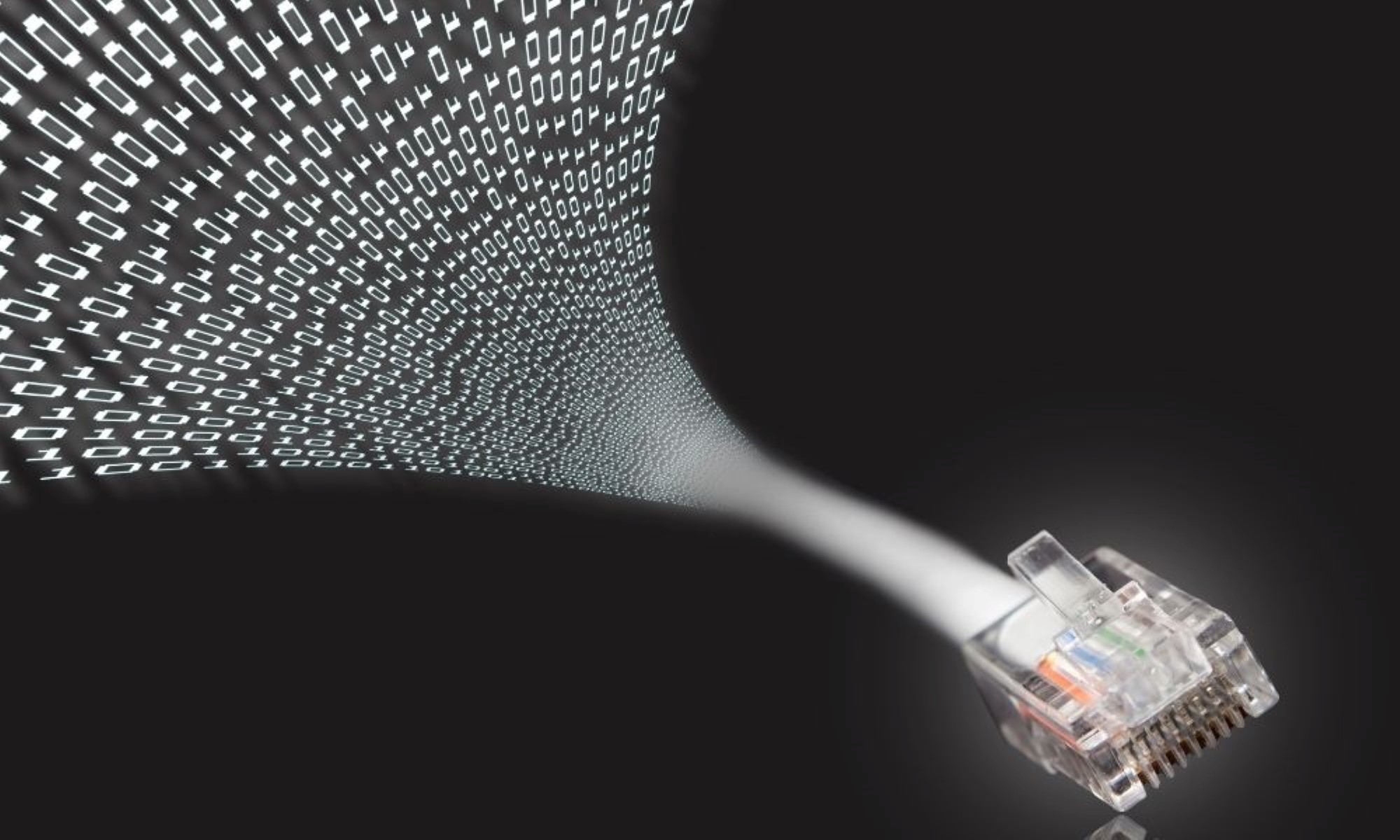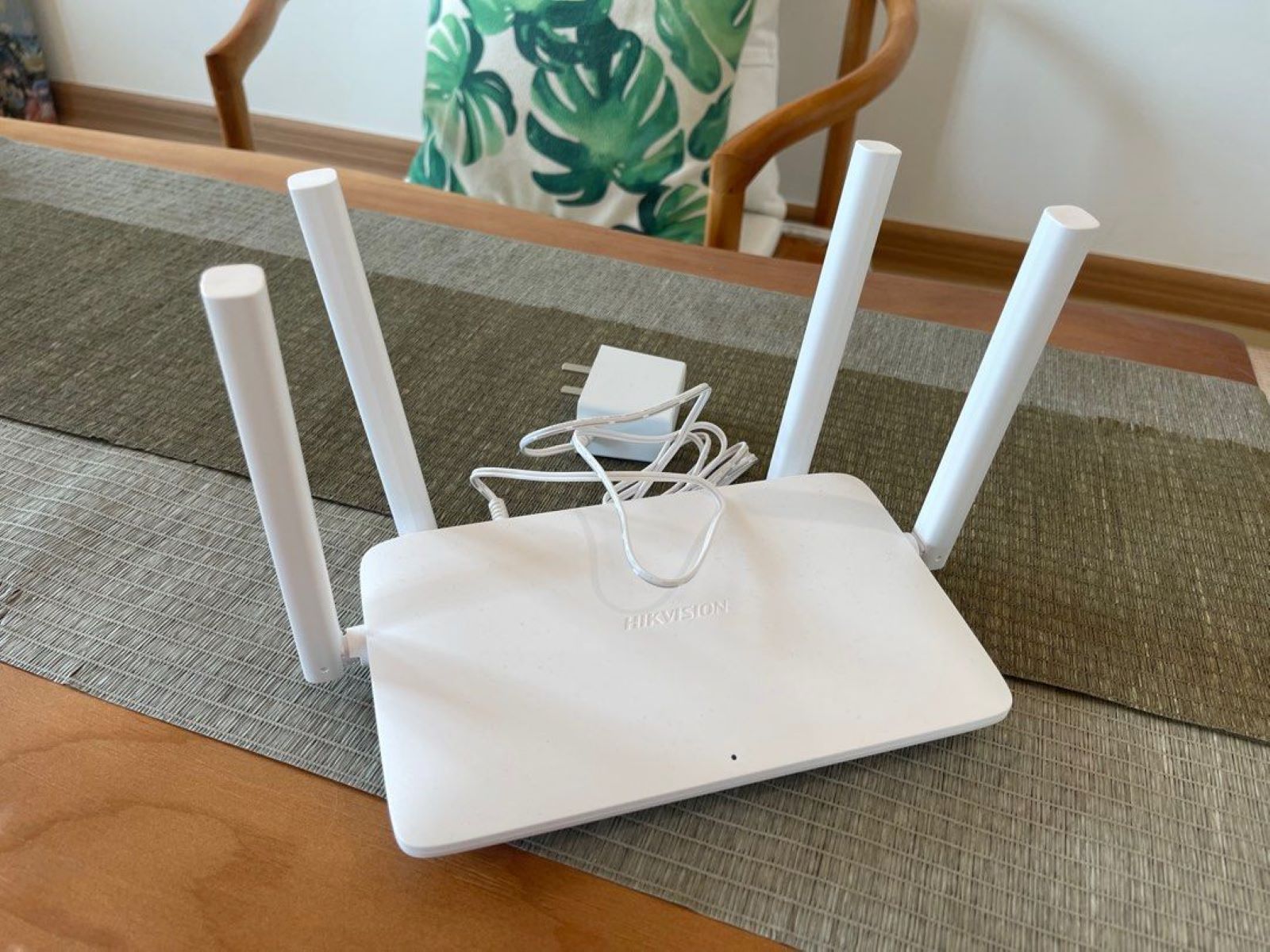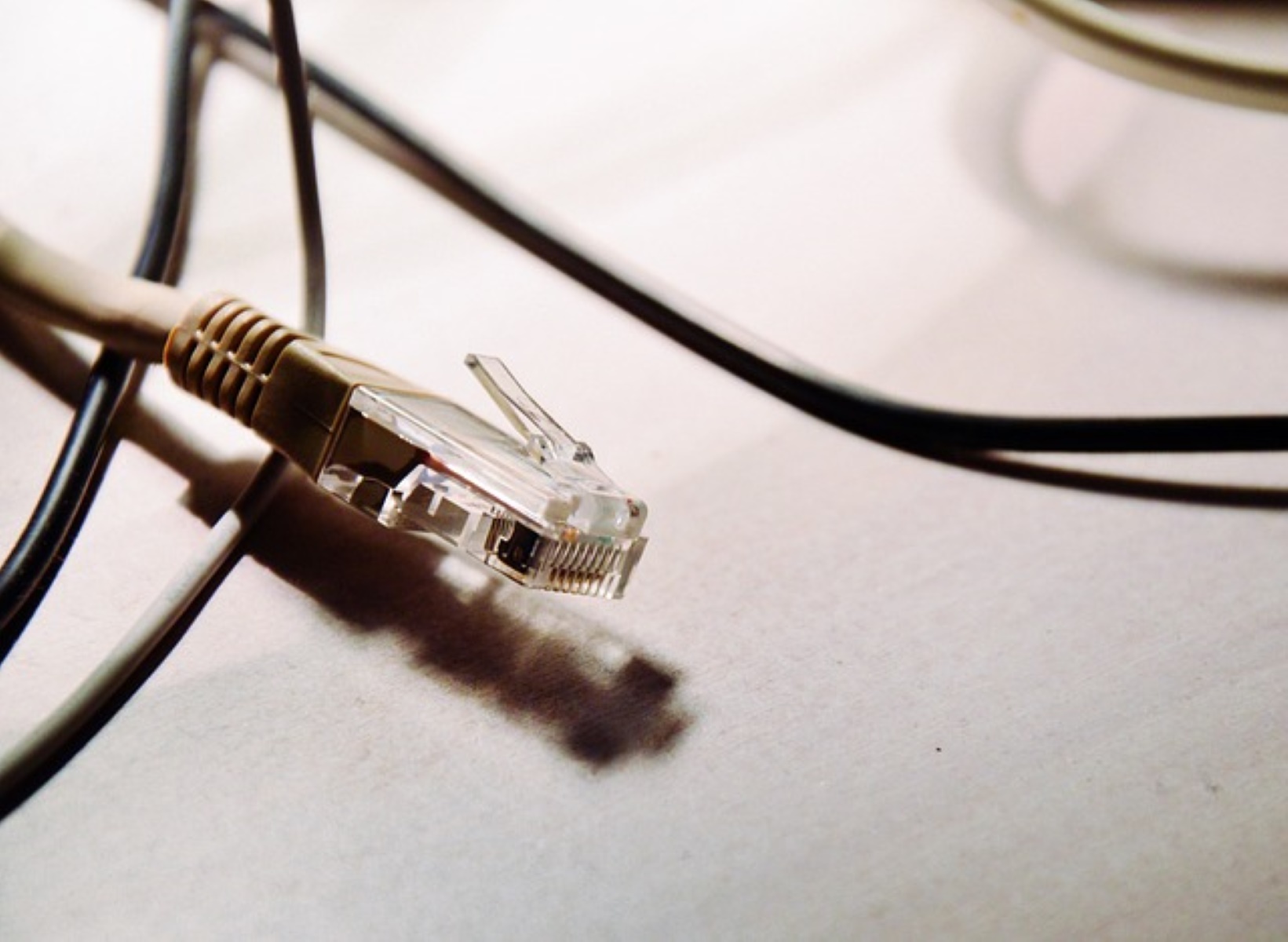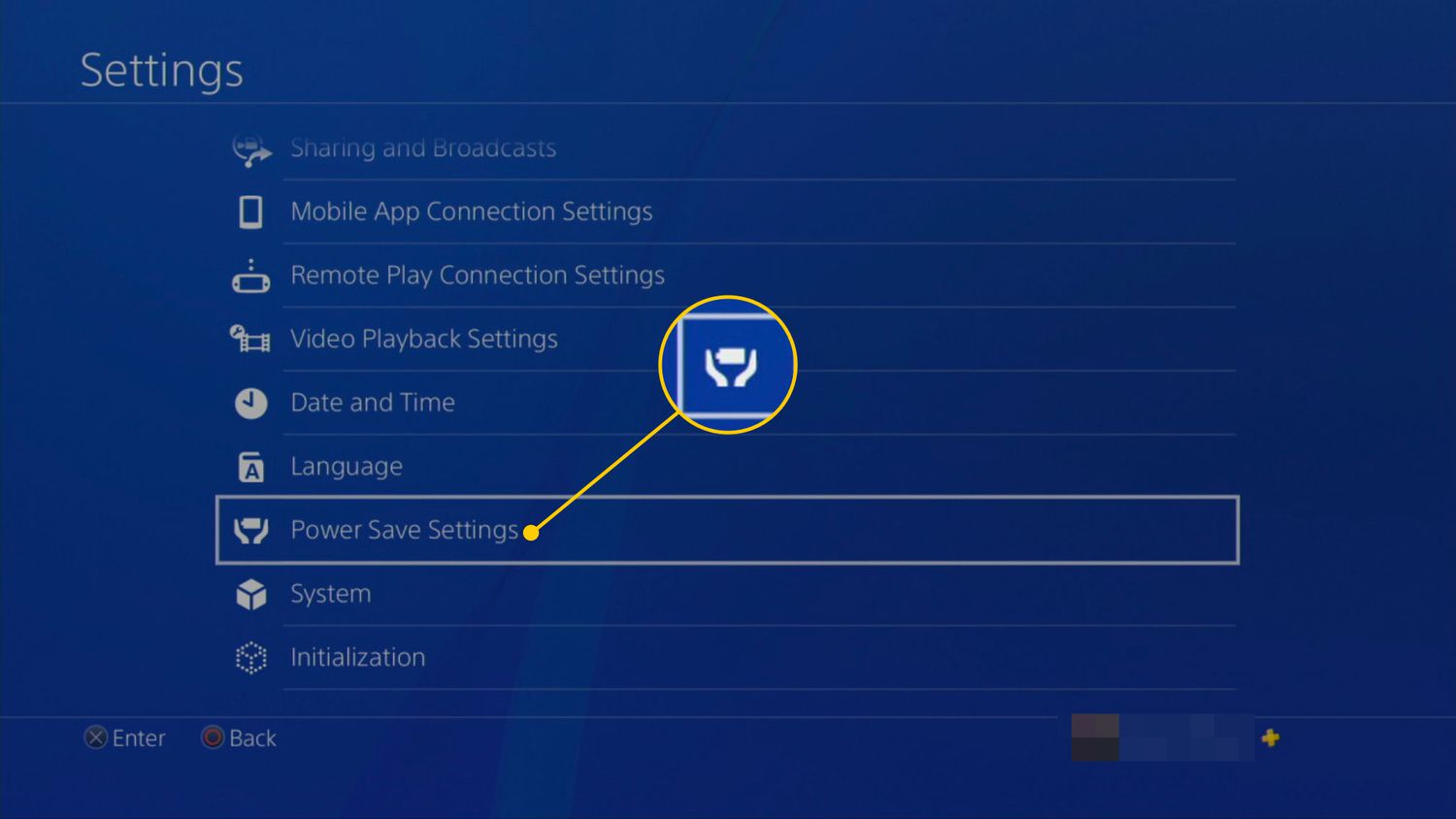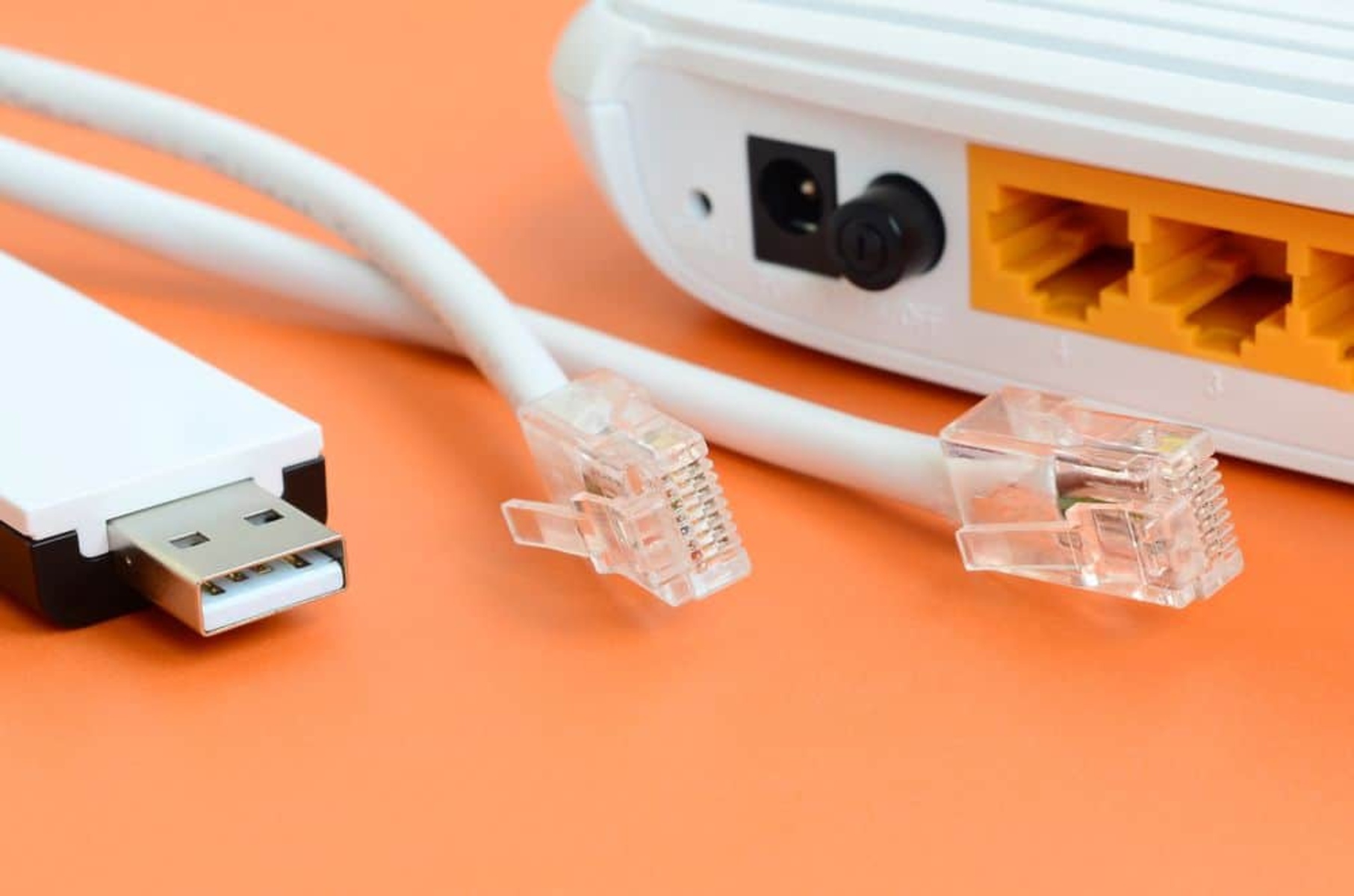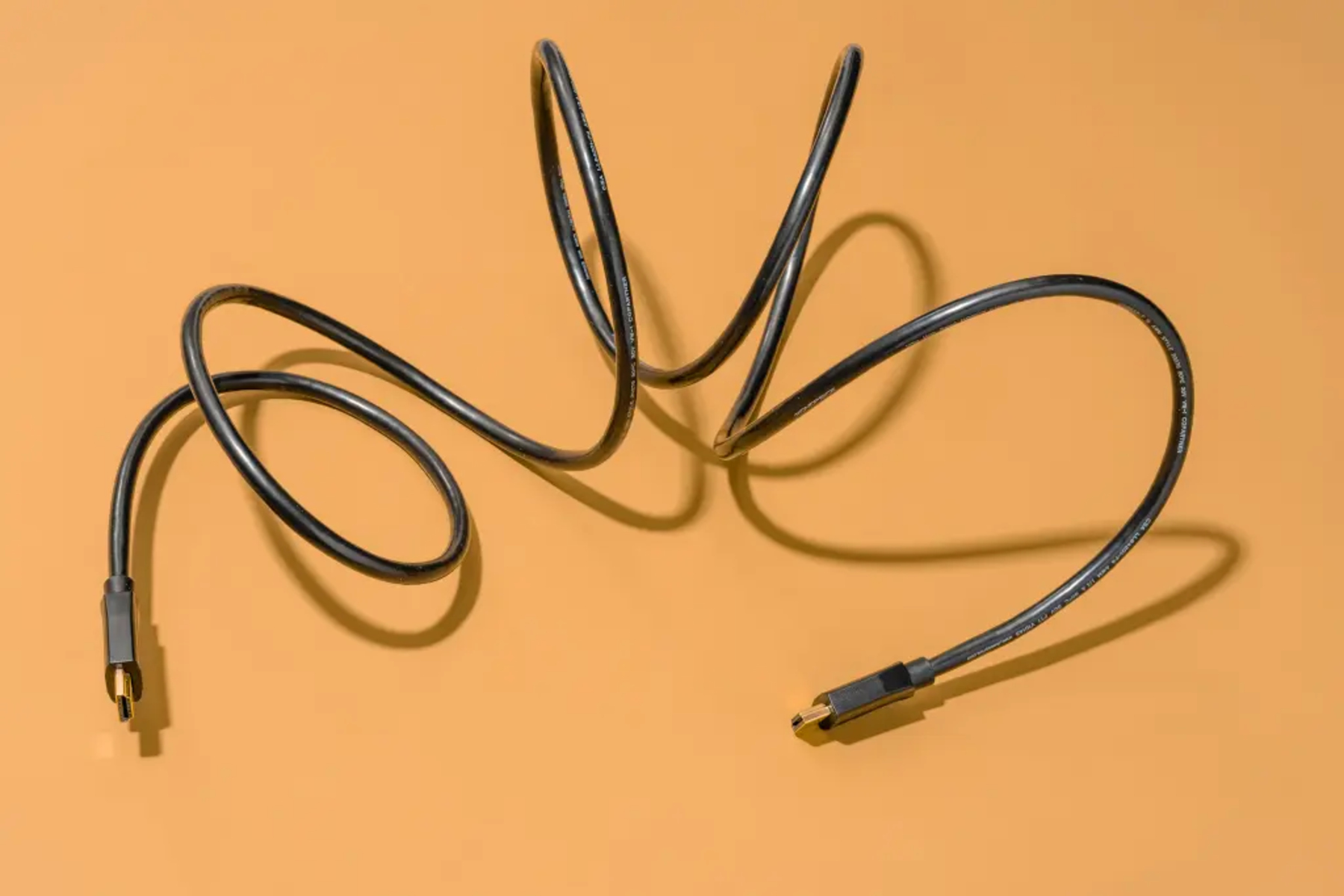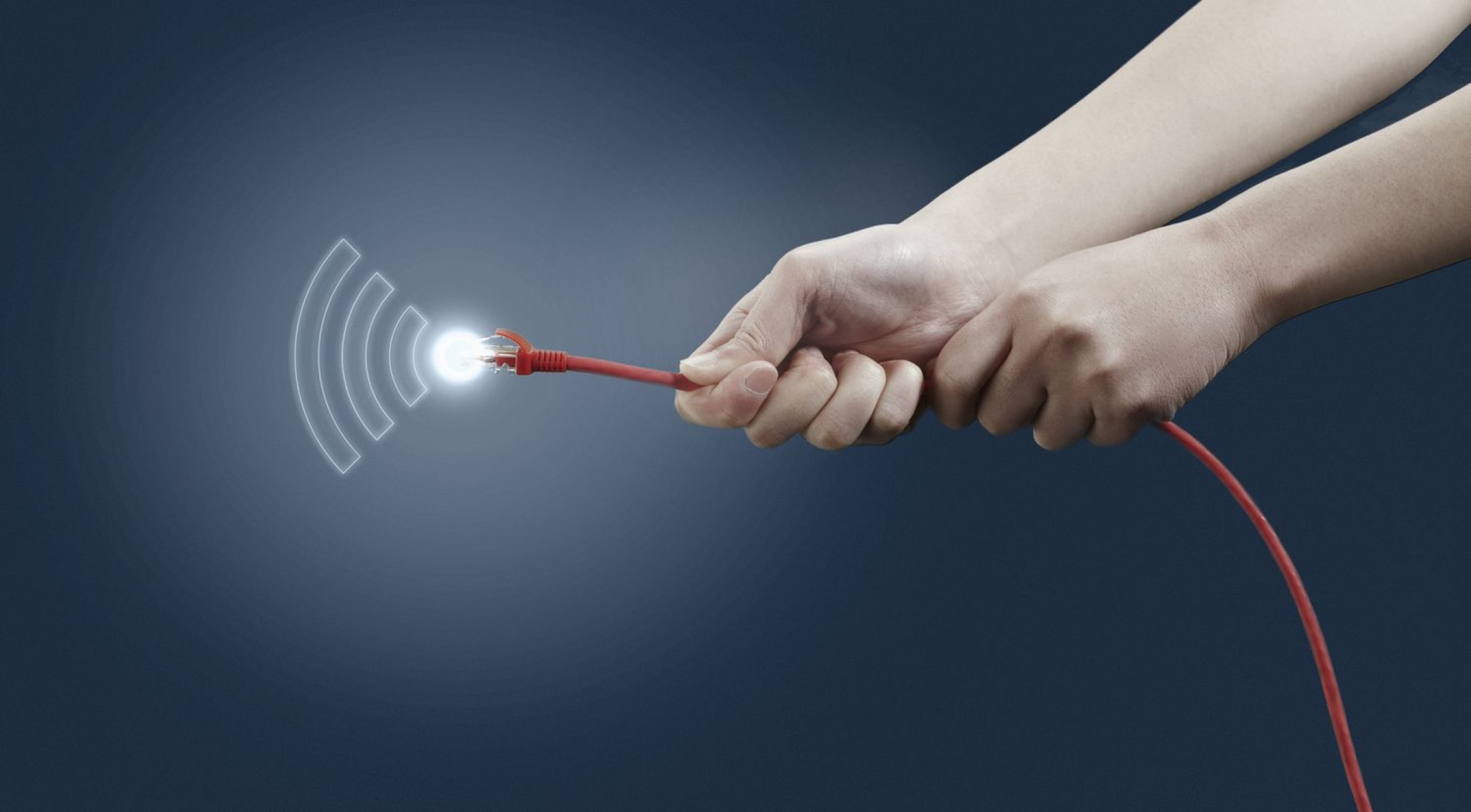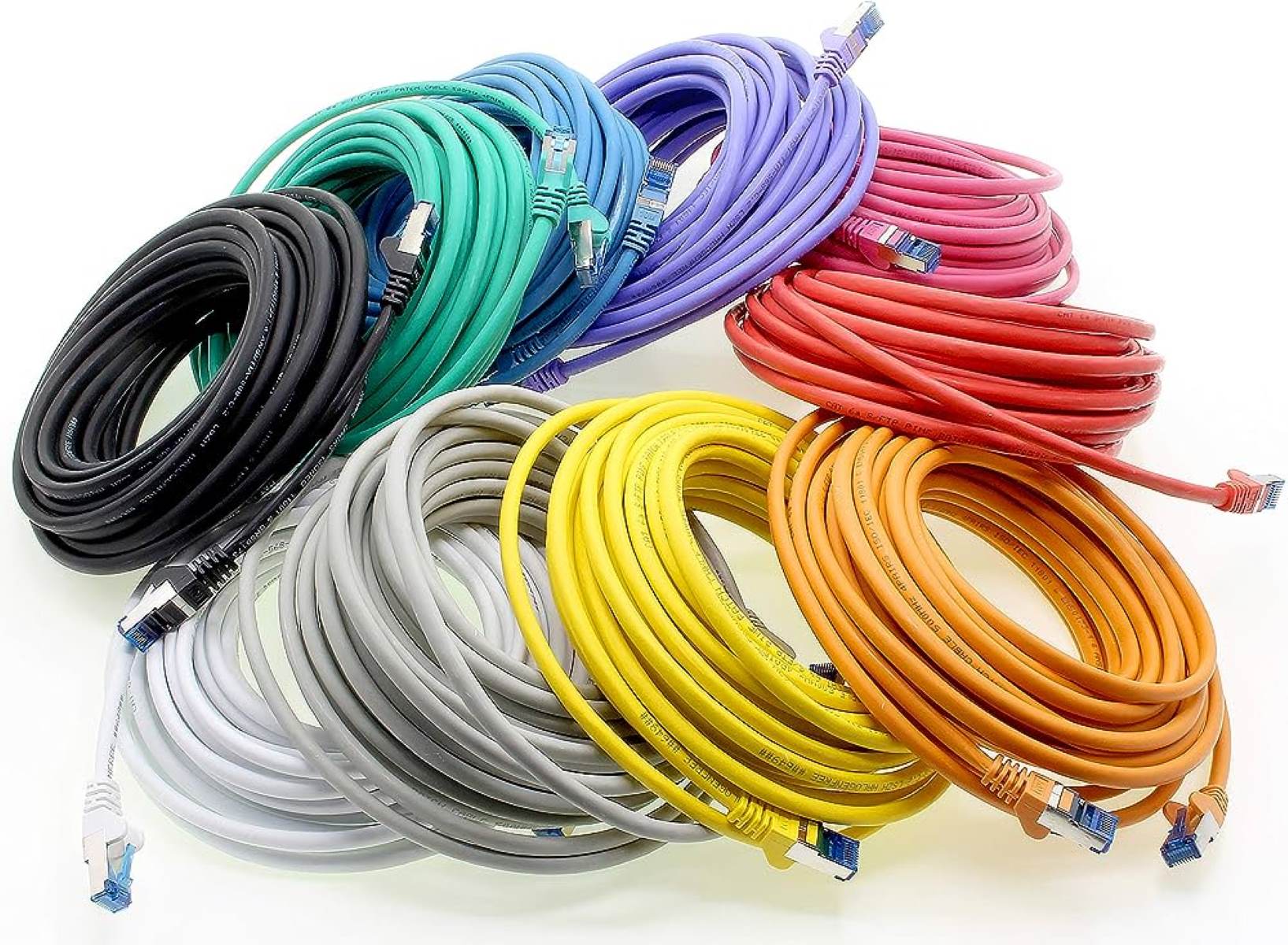Introduction
Ethernet cables are the lifeline of our connected world, allowing us to transmit data at lightning speeds across networks. Whether you’re setting up a home network or configuring an enterprise infrastructure, understanding the potential distance limitations of Ethernet cables is crucial.
But how far can you run an Ethernet cable? The answer depends on several factors, such as the type of cable and the category it belongs to. In this article, we will explore the maximum cable lengths for different Ethernet categories and discuss the implications of exceeding those lengths.
Before we delve into the specifics, it is worth mentioning that Ethernet cables are widely used for networking purposes due to their reliability, cost-effectiveness, and ease of installation. They are typically used for connecting devices like computers, routers, switches, and modems, enabling seamless data transfer and internet connectivity.
Now let’s take a closer look at the factors that can impact the maximum length of Ethernet cables, and how different cable categories play a role in determining those limits.
Factors Affecting Ethernet Cable Length
The maximum length of an Ethernet cable can be influenced by various factors. Understanding these factors is vital for determining how far you can reliably run an Ethernet cable without compromising signal quality. Here are the key factors to consider:
- Type of Cable: The type of Ethernet cable you use greatly affects the maximum length it can reach. The most common types are Cat5e, Cat6, and Cat6a. Each type has different specifications that determine its transmission capabilities.
- Cable Category: Ethernet cables are categorized based on their performance capabilities. Cat5e is the most basic category, followed by Cat6 and Cat6a. As the category increases, so does the cable’s ability to handle higher data rates and longer distances.
- Cable Quality: The quality of the cable itself plays a crucial role in determining the maximum achievable length. High-quality cables are built with superior materials and have better shielding, reducing the risk of signal degradation over long distances.
- Interference: External interference, such as electromagnetic interference (EMI) and radio frequency interference (RFI), can disrupt the signal transmission in Ethernet cables. The longer the cable, the more susceptible it is to interference, which can result in degraded performance or complete data loss.
- Signal Loss: Ethernet cables experience signal loss as data travels through them. Higher-quality cables are designed to minimize signal loss, allowing for longer cable runs. However, as the cable length increases, signal loss becomes more pronounced, potentially affecting network performance.
- Connector Quality: The quality of the connectors used on the Ethernet cables can impact the overall signal integrity. Poorly made or damaged connectors can introduce signal loss, rendering the cable less effective over longer distances.
By considering these factors, you can better assess how far you can reliably run your Ethernet cable. In the following sections, we will explore the maximum cable lengths for different categories and the implications of exceeding those limits.
Cat5e Cable Length
Cat5e (Category 5e) cables are one of the most commonly used Ethernet cables in both residential and commercial settings. They are designed to support data transfer speeds of up to 1,000 Mbps (1 Gbps) and are backwards compatible with older Cat5 cables. However, when it comes to the maximum cable length, Cat5e cables have certain limitations.
The official maximum length for a Cat5e cable is 100 meters, or approximately 328 feet. This length includes the combined distance of horizontal cabling (between devices within a building) and the patch cables (connecting devices to outlets or switches).
It’s important to note that this maximum length is for unshielded twisted pair (UTP) Cat5e cables, which are the most common type. Shielded Cat5e cables, also known as FTP (foiled twisted pair) or STP (shielded twisted pair), can handle slightly longer cables runs due to their enhanced shielding properties, reducing the risk of interference. Shielded Cat5e cables can typically achieve lengths of up to 150 meters (492 feet) if installed and terminated correctly.
Exceeding the recommended maximum cable length for Cat5e can result in signal degradation, increased errors, and reduced network performance. To ensure optimal performance, it is advisable to stay within these length limits and use high-quality Cat5e cables.
If you need to extend your network beyond the maximum cable length of Cat5e, solutions such as Ethernet extenders or switches with Power over Ethernet (PoE) capabilities can be used to overcome the distance limitations. These solutions enable you to extend the network connectivity while maintaining reliable data transmission.
In summary, Cat5e cables have a maximum length of 100 meters (328 feet) for unshielded cables and slightly longer for shielded cables. It is essential to adhere to these length limits to ensure optimal network performance and avoid signal degradation.
Cat6 Cable Length
Cat6 (Category 6) cables are an upgrade over Cat5e cables, offering higher performance and faster data transfer speeds. They are designed to support data rates of up to 10 Gbps over short distances and provide better resistance to crosstalk and interference. When it comes to the maximum cable length, Cat6 cables offer improved capabilities compared to their predecessor.
The official maximum length for a Cat6 cable is also 100 meters, or approximately 328 feet. This length applies to both unshielded twisted pair (UTP) and shielded twisted pair (STP) Cat6 cables. Like with Cat5e, this length includes the combined distance of the horizontal cabling and the patch cables.
With their enhanced performance capabilities, Cat6 cables can maintain stable data transmission over longer distances compared to Cat5e cables. The improved insulation and tighter twist ratios in Cat6 cables help reduce crosstalk and signal loss, resulting in better overall network performance.
It’s important to note that while Cat6 cables can support 10 Gbps speeds, the maximum length for achieving these speeds is reduced. For 10 Gbps transmission, Cat6 cables are limited to a maximum length of 55 meters (180 feet).
Similar to Cat5e cables, if you need to extend your network beyond the maximum cable length, you can use Ethernet extenders or switches with Power over Ethernet (PoE) capabilities to overcome distance limitations. These solutions allow you to extend the network connectivity while maintaining reliable data transmission.
To ensure optimal performance, it is crucial to use high-quality Cat6 cables and properly terminate them. Poorly made connectors or loose terminations can introduce signal loss and degrade the overall network performance.
In summary, Cat6 cables have a maximum length of 100 meters (328 feet) for both unshielded and shielded cables. They offer improved performance compared to Cat5e cables, with the ability to support data rates of up to 10 Gbps over shorter distances. Use high-quality Cat6 cables and proper termination practices for optimal network performance.
Cat6a Cable Length
Cat6a (Category 6a) cables are the enhanced version of Cat6 cables, designed to provide even better performance and support higher data transfer speeds over longer distances. The “a” in Cat6a stands for “augmented,” indicating the improved capabilities compared to Cat6 cables.
The official maximum length for a Cat6a cable is 100 meters, or approximately 328 feet, the same as Cat5e and Cat6 cables. This length includes the combined distance of horizontal cabling and patch cables.
However, the key advantage of Cat6a cables lies in their ability to maintain high-performance data transmission at the maximum length. Cat6a cables are specifically designed to support data rates of up to 10 Gbps over the full 100 meter distance, without the limitations present in Cat6 cables.
Furthermore, Cat6a cables have improved insulation and shielding compared to Cat6 cables, which helps to minimize alien crosstalk and external interference. This allows for better signal integrity and reduced signal loss over longer cable runs.
It’s worth noting that, in addition to its 10 Gbps capabilities, Cat6a cables can also support higher data rates, such as 25 Gbps and 40 Gbps, over shorter distances. These higher data rates typically have a reduced maximum cable length associated with them. For example, for 25 Gbps, Cat6a cables have a maximum length of 30 meters (98 feet), while for 40 Gbps, the maximum length is further reduced to 15 meters (49 feet).
When it comes to extending your network beyond the maximum cable length, similar to Cat5e and Cat6 cables, you can use Ethernet extenders or switches with Power over Ethernet (PoE) capabilities to overcome distance limitations.
In summary, Cat6a cables have a maximum length of 100 meters (328 feet), allowing for high-performance data transmission at the full length. They offer improved insulation, shielding, and reduced signal loss compared to Cat6 cables, making them ideal for network setups that require longer cable runs and higher data rates.
Ethernet Cable Length and Signal Loss
Ethernet cable length and signal loss go hand in hand. As the length of the cable increases, so does the potential for signal degradation. Understanding the concept of signal loss is crucial for determining the maximum cable length and maintaining optimal network performance.
Signal loss refers to the reduction in signal strength or quality as it travels through the Ethernet cable. This occurs due to various factors, such as resistance, impedance, and interference. The longer the cable, the more pronounced the signal loss becomes.
Each category of Ethernet cable has its own specifications for signal loss, which determines the maximum cable length. As the cable length increases, the signal strength diminishes, leading to a decrease in data transmission speed and potential errors. It’s essential to stay within the recommended cable lengths to ensure reliable and efficient network communication.
Factors that contribute to signal loss include the quality of the cable, the category of the cable, electromagnetic interference (EMI), and the connector quality. High-quality cables, such as Cat6a, are designed to minimize signal loss and perform better over longer distances compared to lower category cables like Cat5e.
It’s important to note that there are other components in the network infrastructure that can also contribute to signal loss. Patch panels, switches, and connectors all have insertion loss, which can impact the overall signal quality. Proper installation and maintenance of these components are crucial to minimize signal loss and maintain optimal network performance.
When planning a network installation, it’s recommended to conduct a proper assessment of the cable length requirements based on the specific needs of the network. This includes considering factors such as the location of devices, the layout of the building, and the potential for interference. By doing so, you can ensure that the cable lengths are within the recommended limits to minimize signal loss.
In summary, signal loss is an inevitable phenomenon in Ethernet cables as the length increases. Understanding the impact of signal loss is crucial for determining the maximum cable length and maintaining optimal network performance. By using high-quality cables, considering the category of the cable, and minimizing external interference, you can mitigate signal loss and ensure reliable data transmission over the desired cable length.
Maximum Ethernet Cable Length
The maximum Ethernet cable length refers to the distance at which data can reliably travel through the cable without experiencing significant signal degradation or loss. Each category of Ethernet cable has its own specified maximum cable length, determined by various factors such as signal loss, interference, and data transmission capabilities.
The maximum cable length for different Ethernet categories are as follows:
- Cat5e: The maximum cable length for Cat5e cables is 100 meters, or approximately 328 feet. This length includes the combined distance of horizontal cabling and patch cables.
- Cat6: Cat6 cables also have a maximum cable length of 100 meters (328 feet) for both unshielded twisted pair (UTP) and shielded twisted pair (STP) cables. However, they offer improved performance compared to Cat5e cables with the ability to support higher data rates while still maintaining the maximum length.
- Cat6a: Cat6a cables have the same maximum cable length of 100 meters (328 feet) as Cat5e and Cat6 cables. However, they offer enhanced performance and can support higher data rates over longer distances, making them suitable for demanding network setups.
It’s important to note that exceeding the maximum cable length can result in signal degradation, increased errors, and reduced network performance. Factors such as interference, poor cable quality, and improper termination can further impact the maximum length achievable for reliable data transmission.
While these maximum cable lengths provide a general guideline, it’s always recommended to consult the specific manufacturer’s specifications for the cables being used. This ensures that the cables are being used within their intended limits and guarantees optimal network performance.
If you need to extend your network beyond the maximum cable length, there are alternative solutions available. Ethernet extenders or switches with Power over Ethernet (PoE) capabilities can be used to bridge longer distances while maintaining reliable data transmission. These solutions extend the network connectivity by regenerating the signal, compensating for signal loss over longer cable runs.
In summary, the maximum Ethernet cable length varies depending on the category of the cable. Cat5e, Cat6, and Cat6a cables have a maximum length of 100 meters (328 feet). Adhering to these maximum lengths and using high-quality cables and proper termination practices is essential for maintaining optimal network performance and minimizing signal loss.
Cable Length Recommendations
While each category of Ethernet cable has a specified maximum length, it’s important to consider certain recommendations and best practices when determining the cable length for your network setup. These recommendations can help optimize network performance and prevent potential issues related to signal loss or interference.
1. Stay within the recommended maximum length: Adhering to the specified maximum cable length for each category of Ethernet cable is crucial to maintain reliable and efficient data transmission. Exceeding the recommended length can result in signal degradation, increased errors, and reduced network performance.
2. Use high-quality cables: Investing in high-quality cables can significantly impact network performance. Cables with better insulation, tighter twists, and improved shielding can help minimize signal loss and reduce the risk of interference. Choosing reputable brands and certified cables ensures reliable data transmission over the desired length.
3. Avoid excessive cable slack: While it’s important to have sufficient slack in the cable to accommodate any future changes or adjustments, excessive cable slack can lead to signal loss or tangling. Proper cable management techniques, such as using cable ties or securing cables in place, can help maintain a neat and organized network infrastructure.
4. Maintain proper termination: Ensuring correct and secure termination of Ethernet cables is vital for optimal performance. Loose connections or poorly crimped connectors can introduce signal loss or cause intermittent connectivity issues. Following industry standards for termination practices and performing quality checks on connections is essential.
5. Consider cable pathway: The physical pathway of the Ethernet cables should be carefully considered to minimize the risk of damage or interference. Avoid running cables parallel to power lines or other sources of electromagnetic interference. Use cable conduit or raceways where necessary to protect the cables and maintain signal integrity.
6. Consult manufacturer’s specifications: Always refer to the manufacturer’s specifications and guidelines for the specific Ethernet cables being used. Manufacturers may provide additional recommendations or limitations that are specific to their cables, ensuring proper usage and optimal performance.
By following these cable length recommendations, you can ensure that your Ethernet network operates smoothly and efficiently. Proper cable management, adherence to maximum lengths, and the use of high-quality cables will contribute to reliable data transmission and minimize potential issues related to signal loss or interference.
Conclusion
Ethernet cables play a vital role in our connected world, enabling seamless data transfer and internet connectivity. Understanding the maximum cable length for different Ethernet categories is essential for designing and maintaining efficient network setups.
From Cat5e to Cat6 and Cat6a, each category has its own maximum cable length, determined by factors such as signal loss, interference, and data transmission capabilities. Adhering to these maximum lengths ensures optimal network performance and minimizes the risk of signal degradation or loss.
Factors such as cable quality, interference, and proper termination also influence the achievable cable lengths and overall network performance. High-quality cables with proper installation and termination practices help mitigate signal loss and maintain reliable data transmission over longer distances.
While the official maximum cable lengths provide a general guideline, it’s important to consider other factors specific to your network setup. Cable management, avoiding excessive cable slack, and consulting manufacturer’s specifications are all crucial in maintaining a well-functioning network infrastructure.
By following the recommendations and best practices for cable length, you can ensure that your Ethernet network operates at its best, providing fast and reliable data transmission. Whether it’s a small home network or a large enterprise setup, optimizing cable length contributes to smooth network operations and seamless connectivity.
Remember, the success of any network relies not just on the speed and technology of the cables, but also on proper planning, installation, and maintenance. By taking these factors into consideration, you can create a robust and efficient network setup that meets the needs of your home or business.







